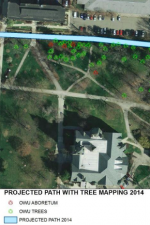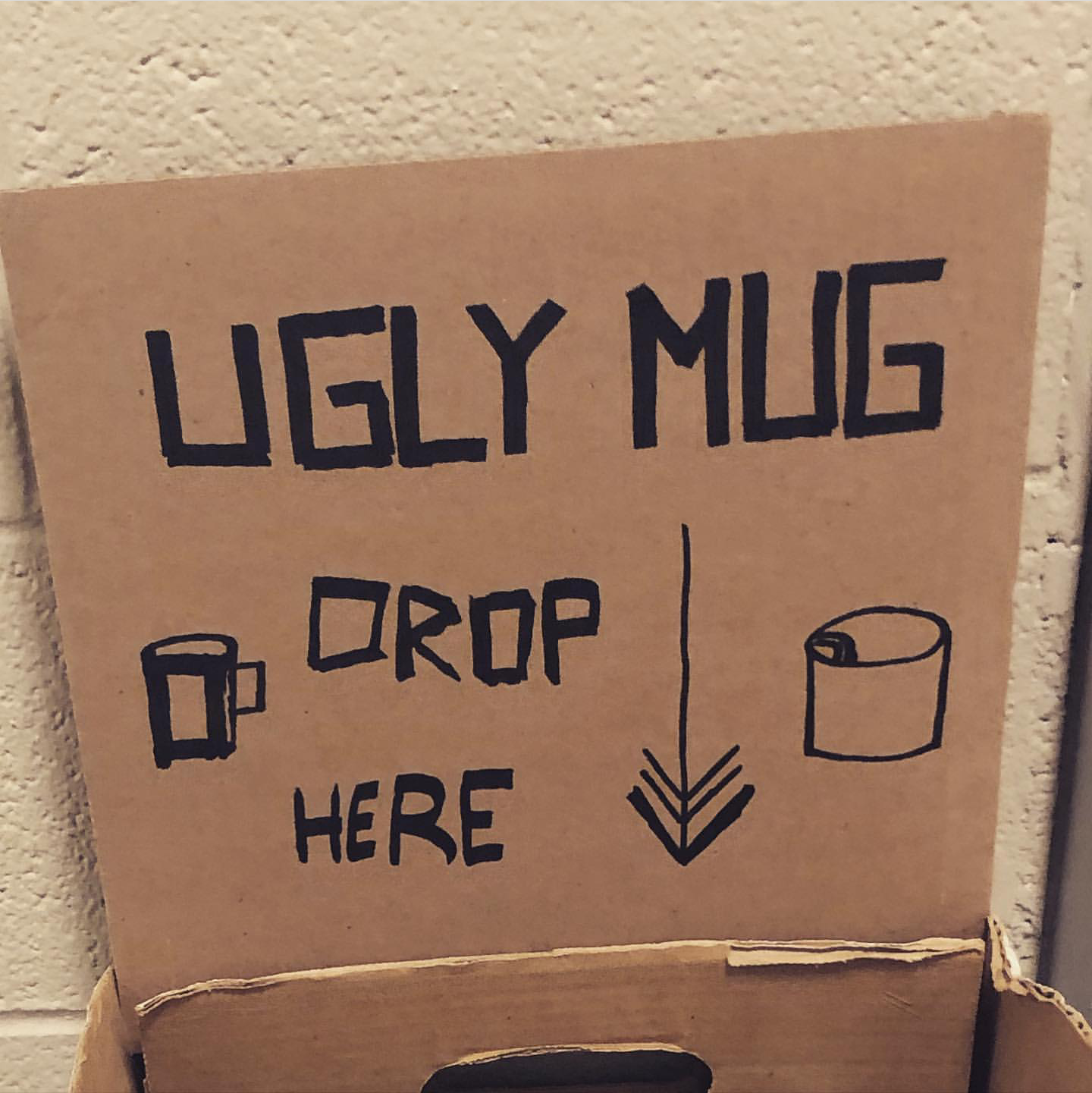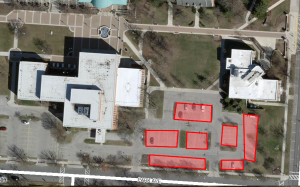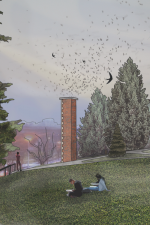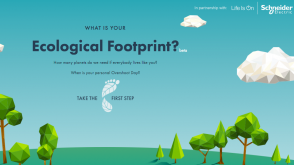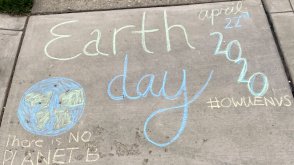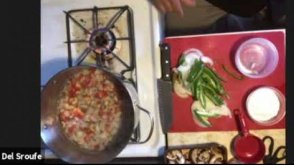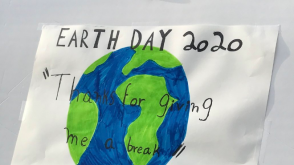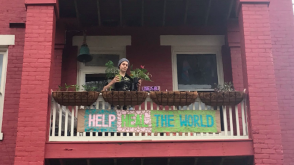Earth Week
Originally, students had been planning a series of events on campus in conjunction with the Sustainability Task Force and other campus partners. In lieu of in-person events, the week had a series of virtual events that inspired participants to celebrate 50 years of Earth day.
Nature Photos
The week kicked off on Sunday with participants following #OWUENVS encouraged to take a photo of the Earth around them and tag it with #OWUENVS
#StopTheSpread of pollution and #FlattenTheCurve on CO₂ emissions.
The second day entailed use of the above hashtags, as well as using this FootPrintCalculator to find out how many Earths it would take to sustain each participant's lifestyle for everyone, and how we can all take steps to scale back.
Signs and Found art.
For the third day, participants were asked to upcycle signs, declaring their commitment to the Earth and leave it in a visible place for the rest of the week. They were also encouraged to make art using natural elements or found objects in their surroundings
Earth Day and Anote’s Ark screening
Anote's Ark is a film documenting the struggle of the island nation of Kiribati, one of the first to face being wiped off the map by rising seas and students were able to meet over Zoom to watch and comment in real time.
Active Participation Day
On the fifth day, participants were asked to use Citizen Climate Lobby’s calling tool and our Green Stimulus Talking Points to reach out to lawmakers to encourage them to include the environment in the next COVID-19 stimulus package to protect public health and the economy in the long term.
Sustainable plant-based Cooking
Chef Del Sroufe taught an interactive course on sustainable plant-based cooking, and students learned how the food they eat impacts the world daily.

